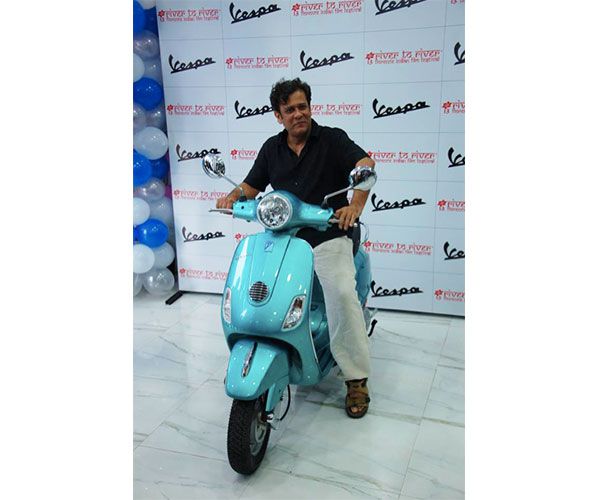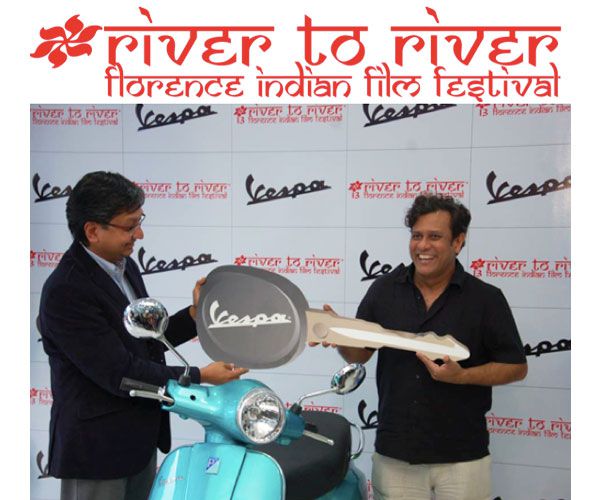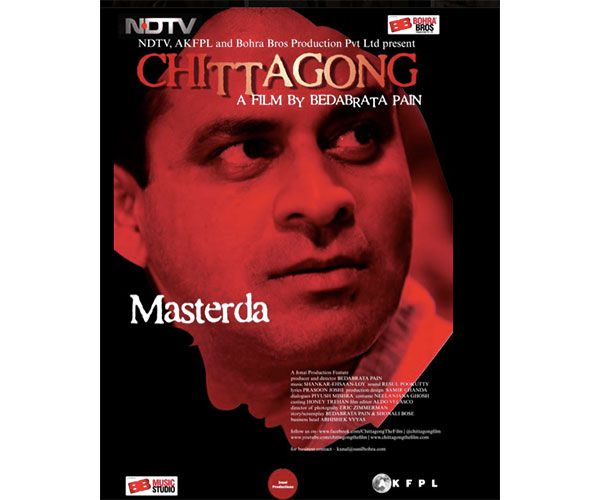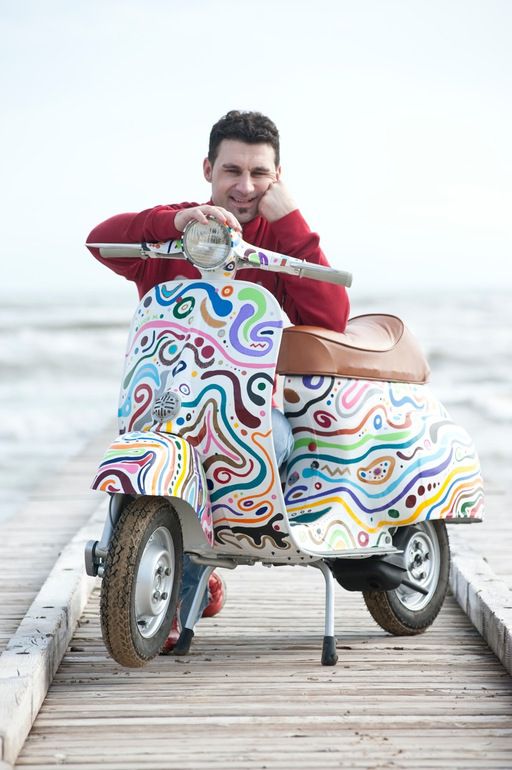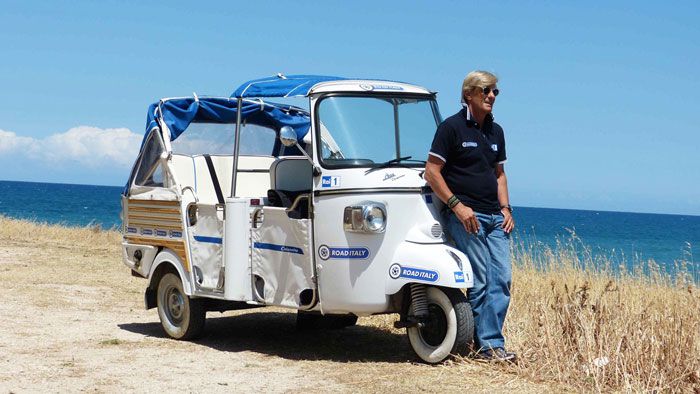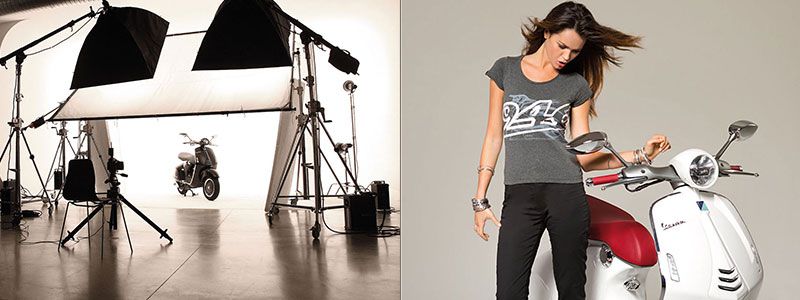Piaggio Mp3 300 Yourban:
the three-wheeler conquers the city
This is a particularly exciting time for three-wheel scooters: the segment has already captured the attention of other players, whose own recent proposals acknowledge the fact that the new direction taken in 2006 by Piaggio with the debut of the Mp3 was the present and possible future of urban mobility. On one hand, the high level of activity confirms the far-sighted vision of the Piaggio Group as the first constructor to believe in the three-wheel solution for urban scooters, an intuition confirmed by worldwide shipments of more than 130,000 Mp3s, with notable peaks in countries like France, Germany and, of course, Italy; on the other hand, it endorses the success of a technical solution that guarantees high safety levels in any weather or road conditions, as well as even greater practicality and pleasure for the rider compared with a conventional scooter.
PHOTO GALLERY
Today, Piaggio is the only constructor with a truly complete range of three-wheelers covering all mobility requirements: from the sporty and unconventional Gilera Fuoco 500, to the more mainstream Piaggio Mp3 LT available in 300 and 500cc models, and in Sport and Business configurations, as well as the Hybrid, the first scooter in the world with a parallel hybrid engine and plug-in technology. The range is completed with the Yourban 300, the sleekest, most urban version of the Piaggio Mp3, the best selling model in Italy, because it implements the quadrilateral articulated front suspension system with independently sprung, tiling front wheels – the distinctive feature of every Piaggio Mp3 – on a sleeker, lighter frame compared with the classic Piaggio Mp3 300 LT. With its objectively appealing lines – something that is not easy to achieve on a three-wheel scooter – the look of the scooter benefits too. No less important, the Piaggio Mp3 300 Yourban is offered at the lowest list price of the entire Mp3 range.
The aim was to design a Piaggio Mp3 expressly for urban environments – the source of the word play used in the scooter’s name, Yourban – a vehicle that would be lighter, even more practical in traffic, simple to ride and easy to manoeuvre with the engine off. To achieve this, the Pontedera engineers reviewed each technical detail of the well-tested basic model, successfully reducing the overall weight by a good 15 kg. This excellent result was accompanied by a reduction of the wheelbase to just 1,450 mm, for a perceptible improvement in ridability compared with the Piaggio Mp3 300 LT, greater ease into bends – thanks in part to the lower footrest – and a generally more dynamic performance in city traffic. All this coupled with the proverbial stability and surface grip on bends in all conditions, which the adoption of 13” front wheels has actually enhanced.
The Yourban is fitted with the engine employed to great effect over the Group’s entire mid-range scooter line, including the Piaggio Mp3 300 LT. The reliable and well tested single-cylinder, 4-stroke, 4-valve engine provides maximum power of 22.6 HP and, above all, maximum torque of 26 Nm at just 6,500 rpm, for a strong start from zero and a power reserve for confident overtaking, together with economic fuel consumption. Everything you need for modern urban and extra-urban mobility.
As a habitué of the city centre, the Yourban 300 has a youthful elegance, with a sophisticated cut and attention to details, whose sporty accents are enhanced in the special finishes and chrome trims on the Sport model. This is the first Piaggio Mp3 with LED front daylight running lights and a single-access luggage compartment below the saddle. Only slightly smaller than the spacious trunk of the traditional Piaggio Mp3, the compartment can house two full-jet helmets or a laptop case. The practical pull-out bag hook inside the rear leg shield plate enhances loading capacity, confirming the Mp3 Yourban’s focus on comfort and practicality, a characteristic of all Piaggio Mp3 scooters.
One of the considerations that deter people from purchasing a traditional maxiscooter is weight: not perceived weight while riding, but the weight of the vehicle when the engine is off, which often requires a good dose of physical strength and experience. The ERL front suspension block system, fitted on the entire Piaggio Mp3 range, resolves the problem at source. The rider simply presses a button, and the Italian three-wheeler can be managed easily and effortlessly, without having to use the central stand, and with no risk of the scooter tipping over. This ensures easy parking in the ever-tighter spaces of modern garages or public parking spaces intended for two-wheelers. Or when parking on an incline or on an uneven road surface. The reduced weight and compact dimensions of the Yourban 300 make this even easier. A not insignificant result considering that the LT version of the Piaggio Mp3 Yourban targets a very broad and varied public, including motorists looking for a two-wheel solution to cope with city traffic, with a level of safety as close as possible to that of a car.







































































































































